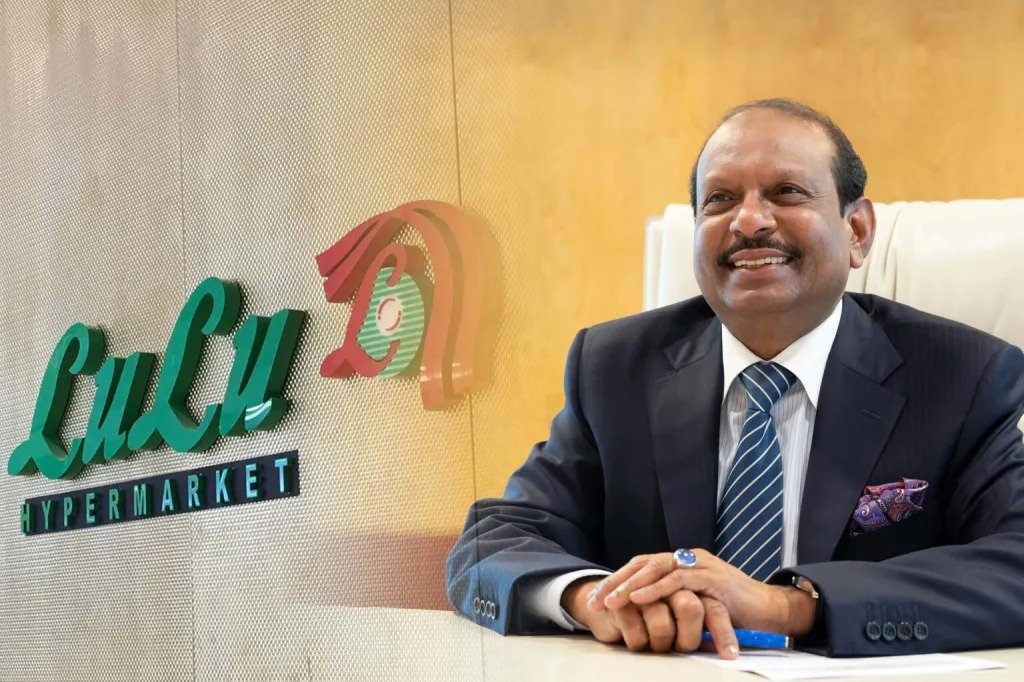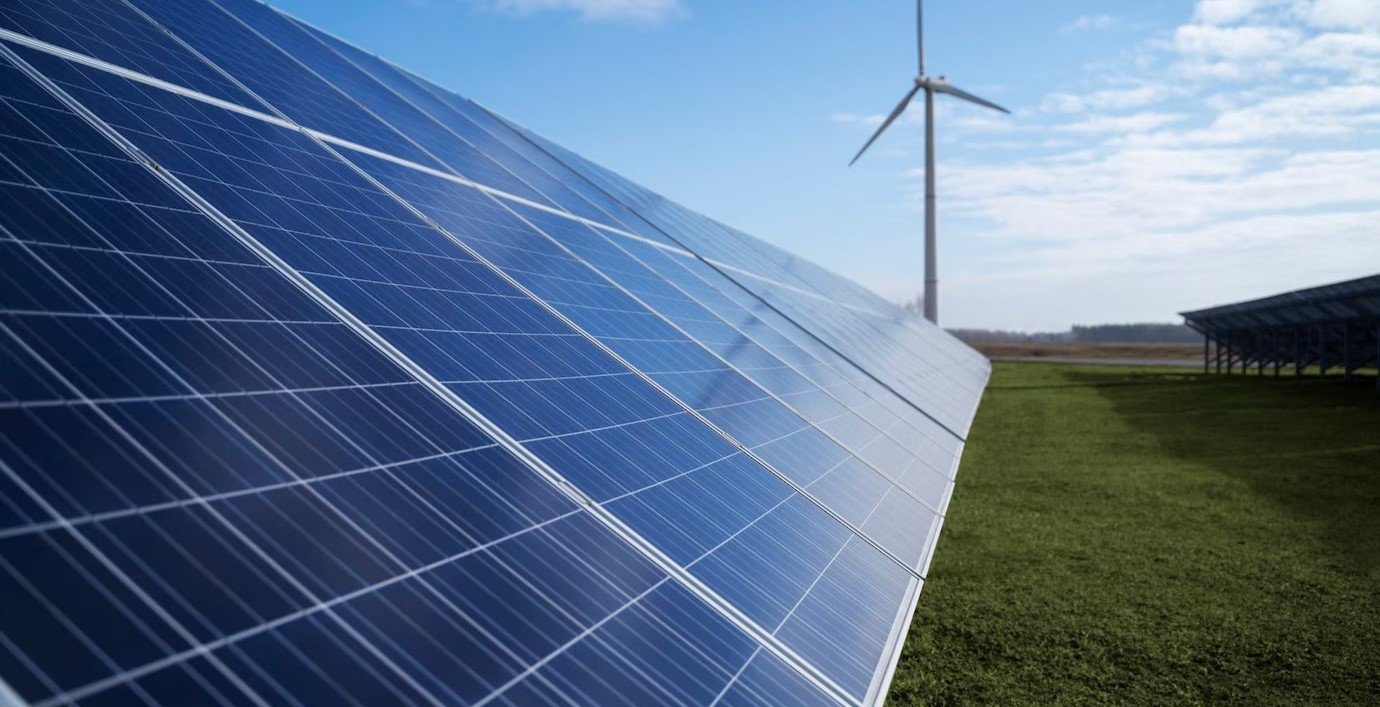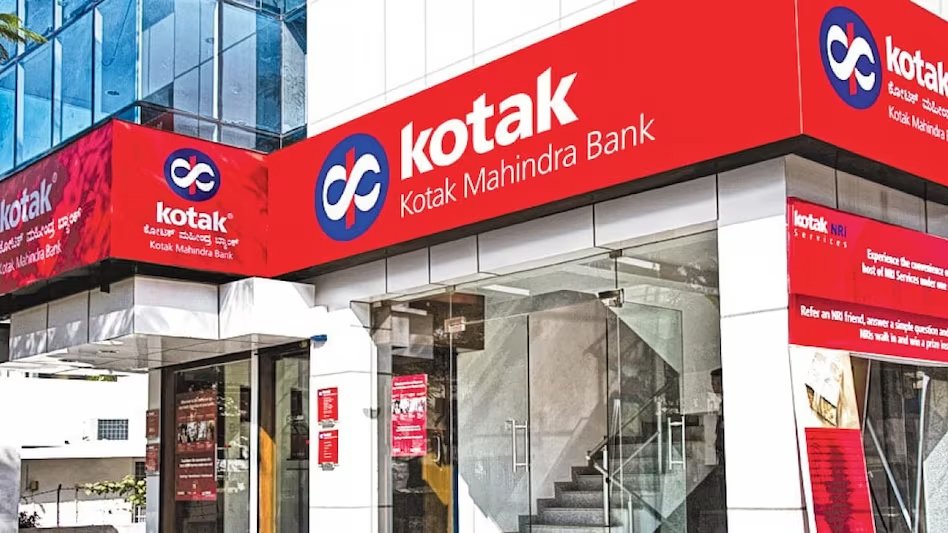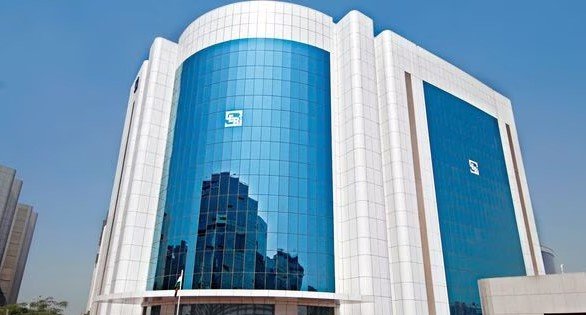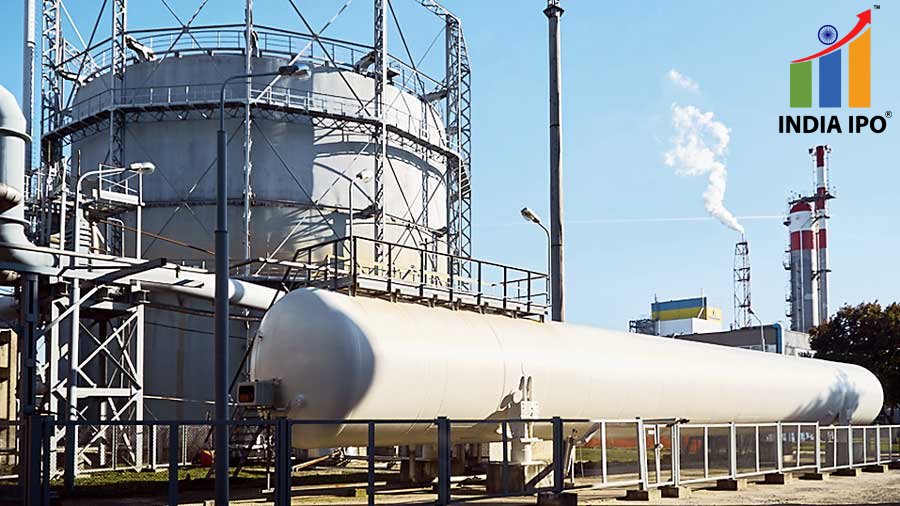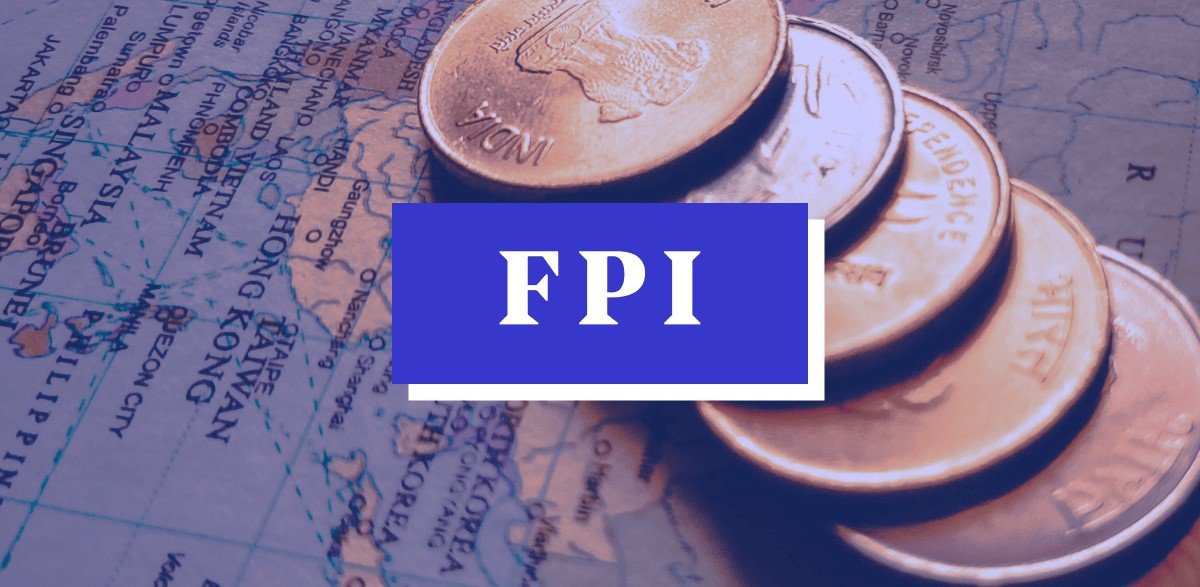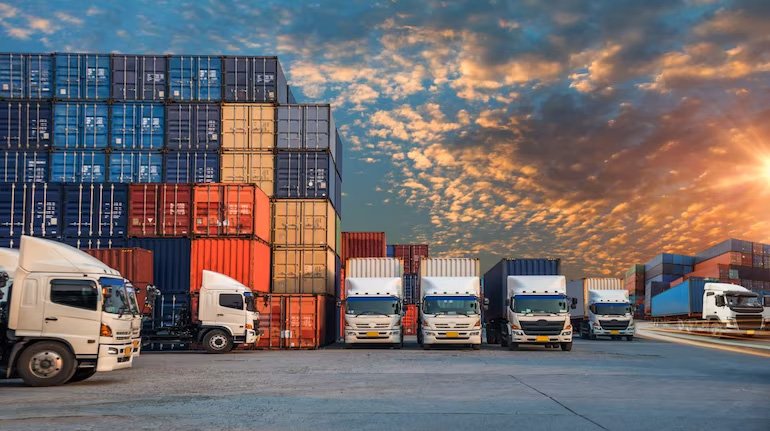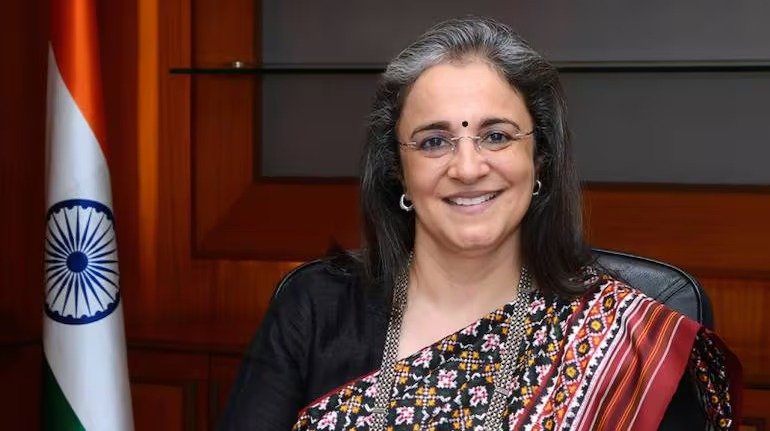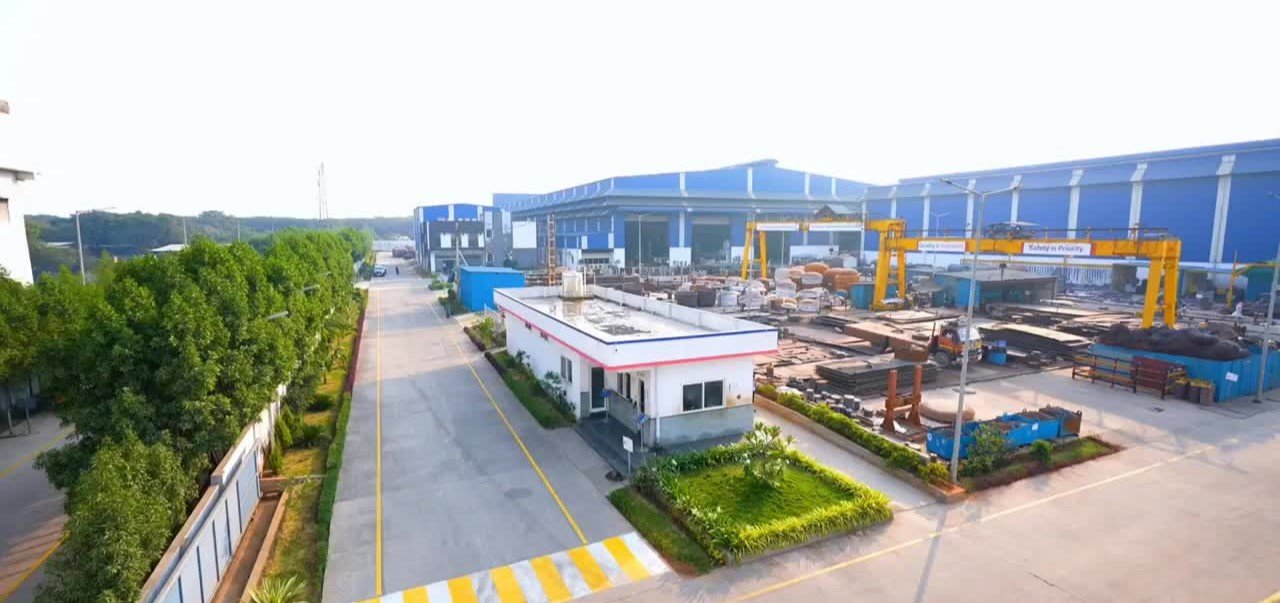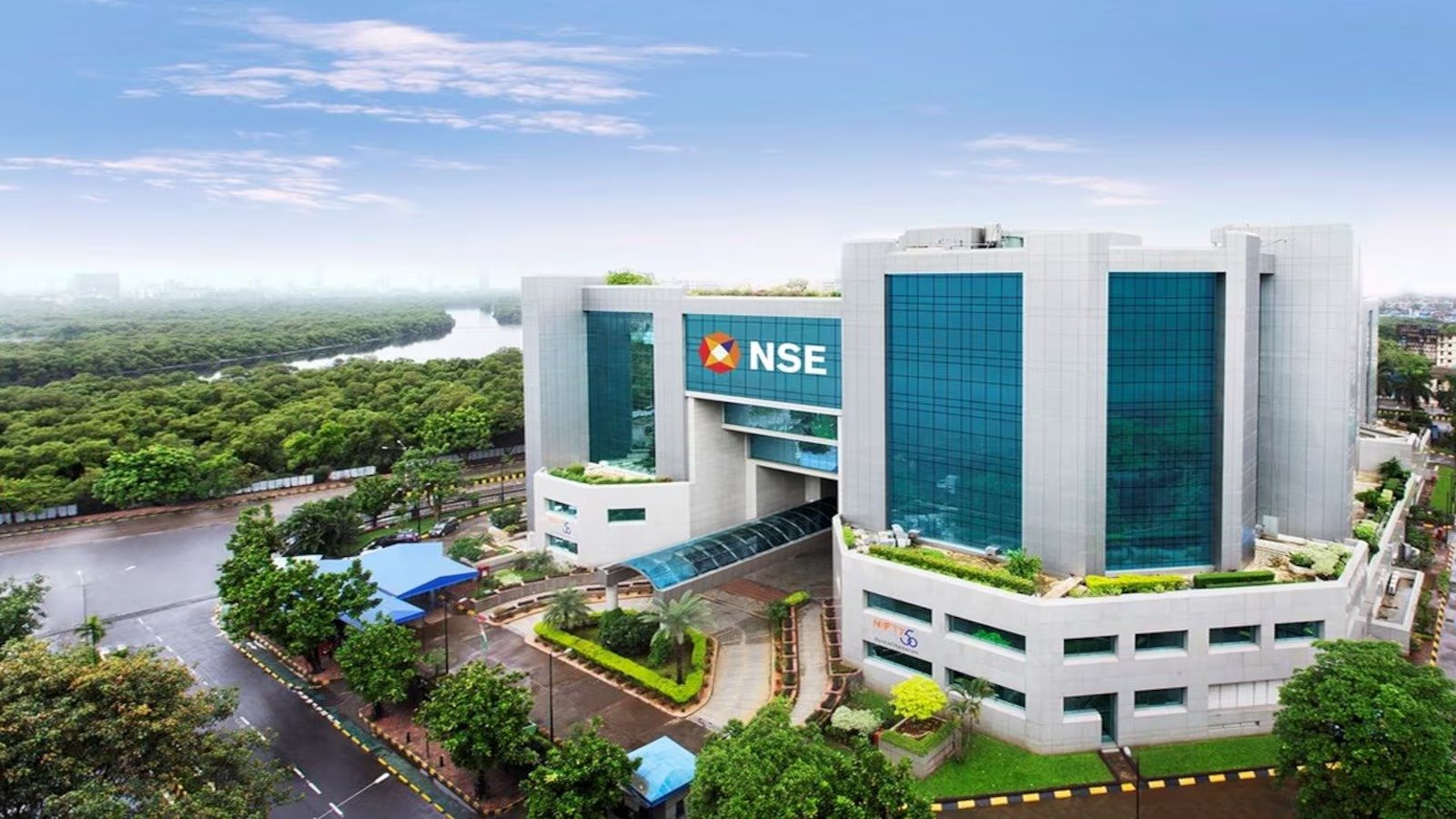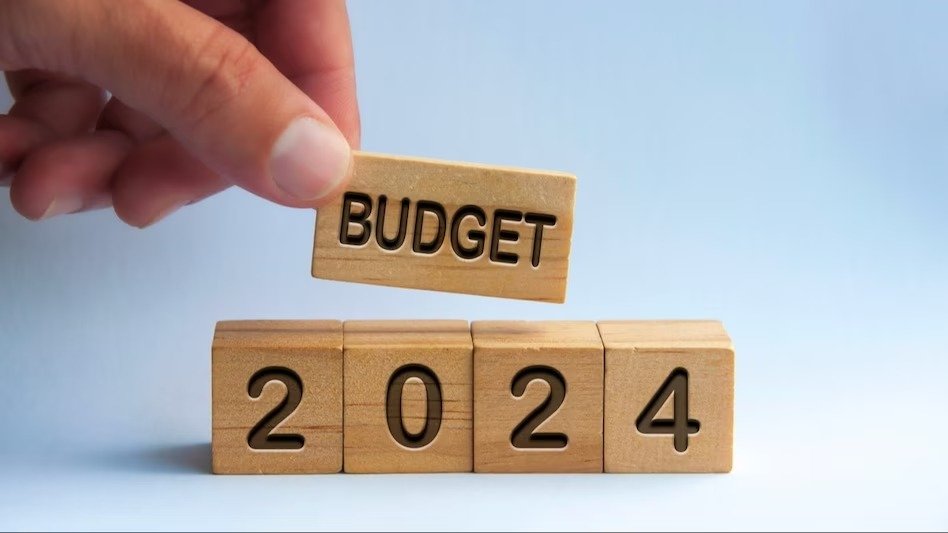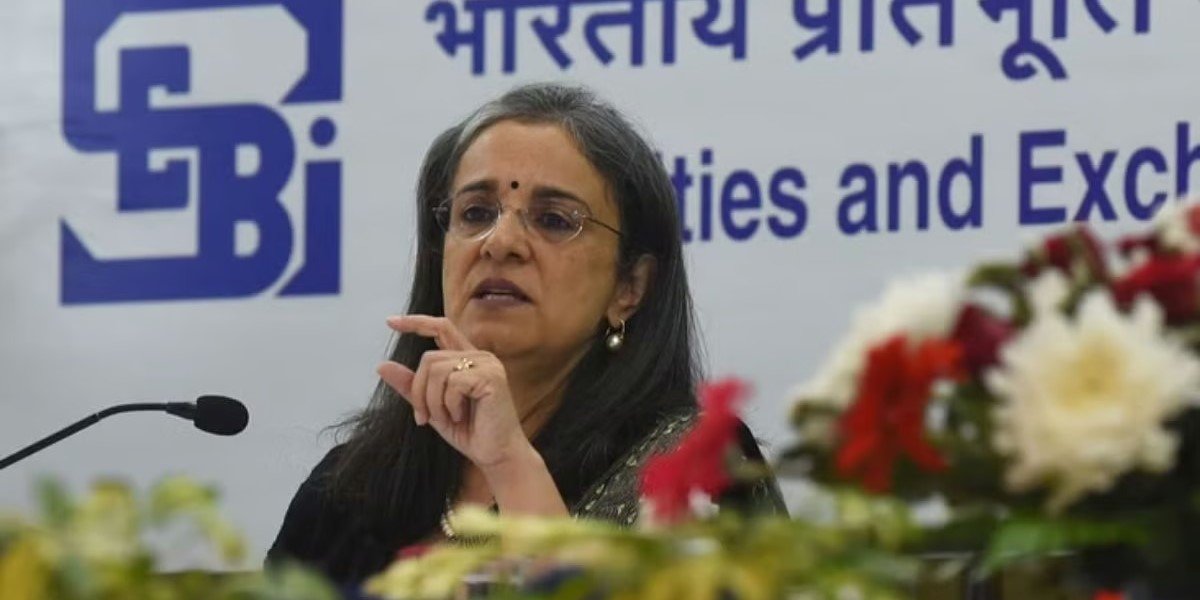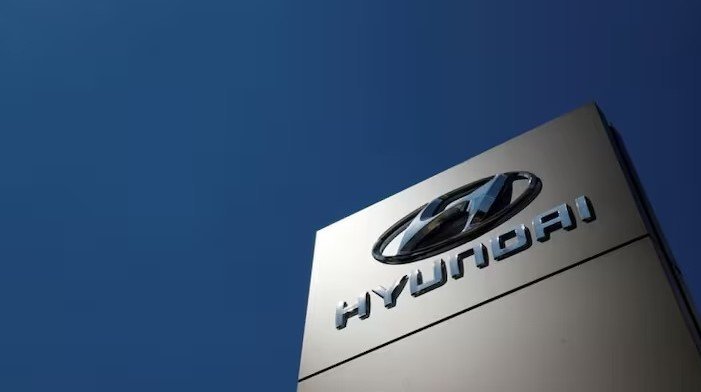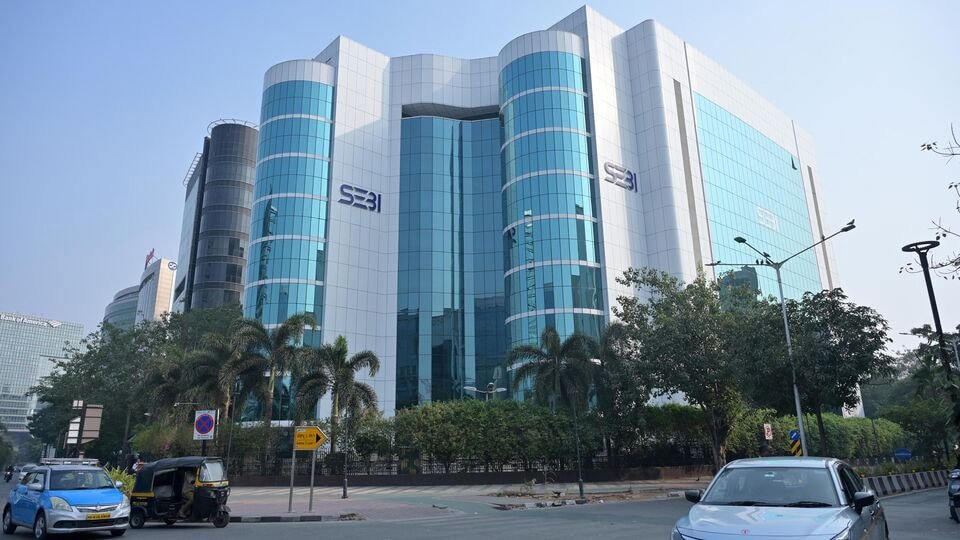

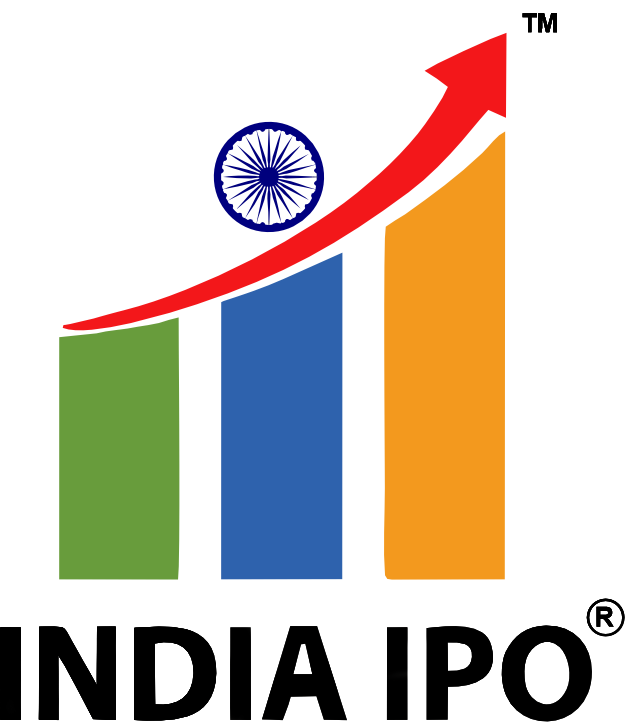
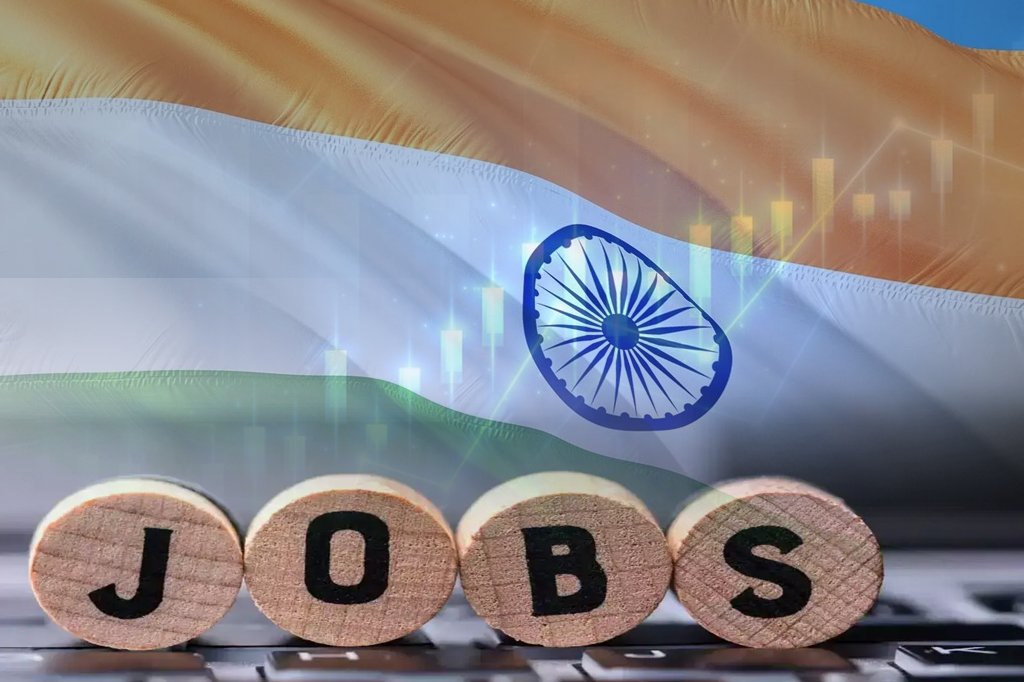
A Decade of Urgency: 8 Million Jobs Per Year
India faces the monumental task of creating at least 8 million new jobs every year over the next 10–12 years. With a growing working-age population, job creation is a non-negotiable pillar of the country’s development strategy. The challenge is further compounded by the rise of artificial intelligence, which could displace low-skilled, entry-level roles, particularly in IT-enabled services.
Technology vs. Labor: Finding the Right Balance
AI and automation are expected to play a significant role in reshaping the job landscape. Policymakers must ensure that technological progress does not come at the cost of employment. The approach must go beyond technical implementation and include strategic, inclusive decision-making that factors in societal needs and labor realities.
Manufacturing and MSMEs: The Twin Engines
For India to become a manufacturing powerhouse, it must boost the manufacturing sector's share in GDP and develop a strong base of small and medium enterprises (SMEs). No country has achieved industrial dominance without a vibrant SME sector. Tapping into global value chains and building export-ready businesses will be critical to this transformation.
Investment and Innovation: Key Economic Drivers
To fuel this economic engine, investment rates must either rise or become more efficient. With global capital flows likely to be restricted due to geopolitical tensions, India must extract maximum output from existing investments. Simultaneously, a strong focus on domestic innovation, quality enhancement, and infrastructure development will help unlock new growth avenues.
Export Growth: Recalibrating Expectations
While exports contributed nearly 40% to GDP growth in the early 2000s, that figure dropped to 20% in the following decade and could fall even lower. This means India must rethink its export strategy—not by abandoning it, but by strengthening logistics, R&D, quality control, and last-mile connectivity to improve competitiveness.
Sustaining Growth in a Shifting World
Despite global challenges, India has averaged over 8% GDP growth in the past three years. Sustaining such levels will be difficult, but maintaining 6.5% growth consistently, with occasional spikes above 7% driven by deregulation and structural reforms, is seen as achievable and necessary for long-term prosperity.
Policy Focus and Resilience: The Way Forward
The path to Viksit Bharat by 2047 demands resilience, foresight, and consistent policy execution. Priorities such as deregulation, employment, manufacturing growth, and technological readiness will define India’s trajectory. While the external environment may remain volatile, India’s internal choices and strategic reforms can help steer the nation toward its centennial development goal.
Read more :



